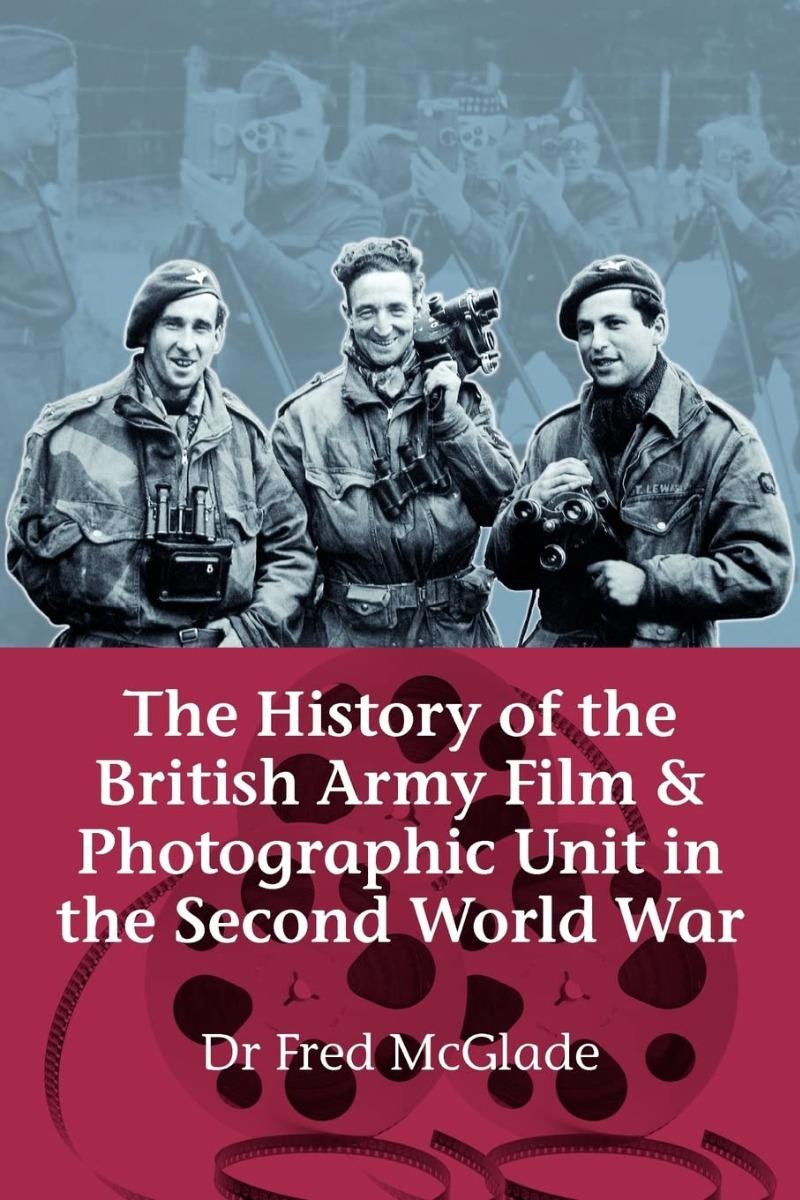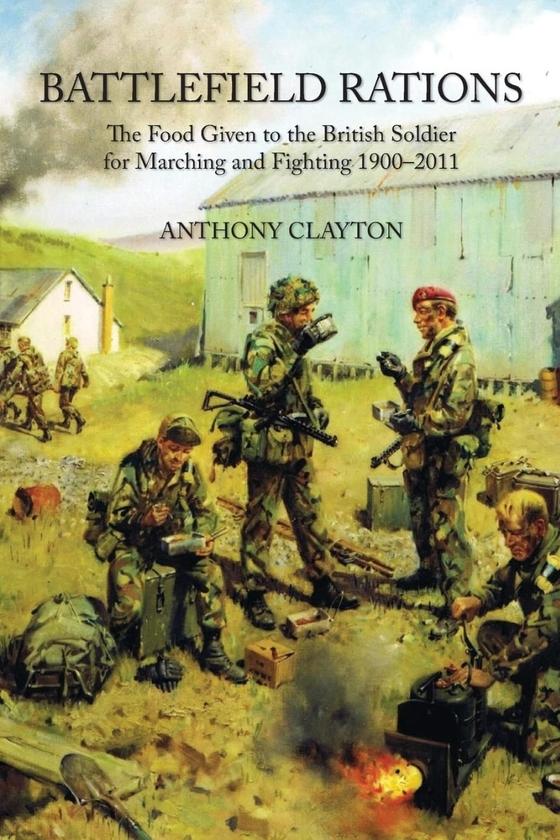
History of the British Army Film and Photographic Unit in the Second World War
Формати
Мова
At the beginning of the Second World War the Nazi hierarchy had, at an early stage, fully recognised the importance of controlling the depiction of military conflict in order to ensure the continued morale of their combat troops by providing a bridge between the soldiers and their families. Promoting the use of photographic record also allowed the Nazis to exercise control over negative depictions of the war. In contrast, the British military and political decision makers were reluctance to embrace any potential propaganda benefits of film and photographic material in the build up to and the early months of the Second World War. Military commanders in the field were conscious that their tactical blunders could be recorded on film and still photographs and made available to the British public.






Коментарі
Немає коментарів. Будьте першим, хто залишить коментар!
Щоб залишити коментар, будь ласка, увійдіть або зареєструйтесь